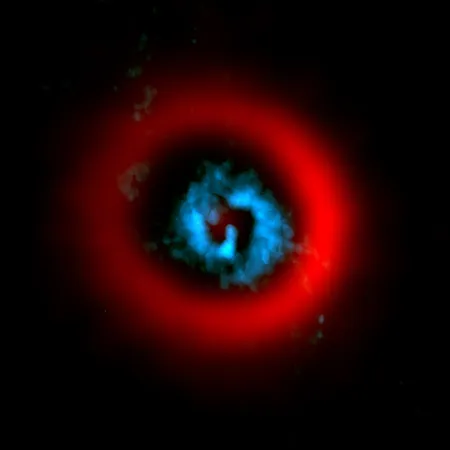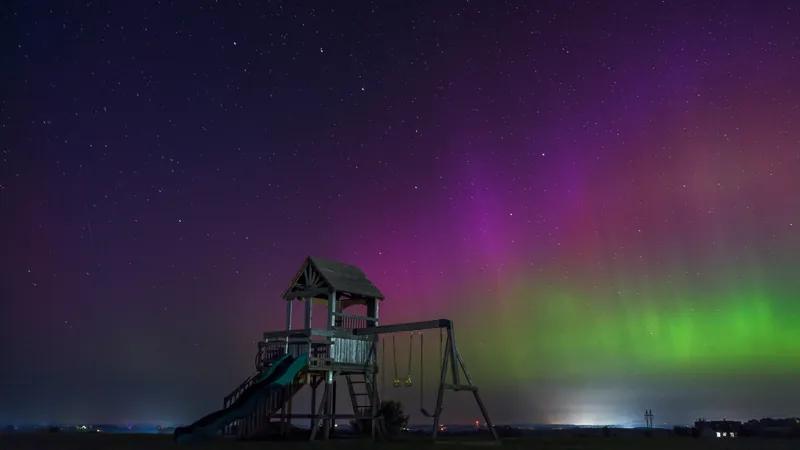
Astronomers Capture Stunning Moment of Planet Formation
2025-09-15
Author: Li
Witnessing the Birth of a Giant Protoplanet
In an extraordinary breakthrough, astronomers have observed a protoplanet, known as AB Aurigae b, in the very act of forming. Nestled within a swirling disk of gas and dust around a young star, this massive celestial body is approximately four times the mass of Jupiter, providing us with a rare window into the chaotic processes that create planets.
A Glimpse Into the Chaotic Cosmos
Unlike established planets, protoplanets like AB Aurigae b are embroiled in intense growth, drawing in materials from their surroundings. Recent observations revealed that AB Aurigae b is actively accreting hydrogen gas from its protoplanetary disk, enabling researchers to essentially watch as it gathers mass in real-time.
Cutting-Edge Technology Uncovers New Insights
Utilizing the advanced Very Large Telescope in Chile, a team from the Astrobiology Center in Japan detected unusual hydrogen alpha emission lines, indicating that gas is spirally funneling towards AB Aurigae b. This rare inverse P Cygni profile—characteristic of rapid accretion—has only been observed previously in young stars.
Understanding Planet Formation Like Never Before
What sets AB Aurigae b apart is its location deep within its protoplanetary disk, as opposed to being in a cleared orbital path like other observed young planets. This unique positioning allows scientists to capture the fundamental mechanics of its growth as it feeds directly from the surrounding material at a remarkable velocity.
Shattering Existing Theories
These groundbreaking observations challenge conventional models of planet formation. Positioned at a staggering distance from its star, AB Aurigae b suggests a formation process distinct from what shaped our own Jupiter and Saturn, indicating a rapid collapse of denser regions within the disk.
A New Era in Astronomical Research
The detection of AB Aurigae b marks a pivotal moment in the study of planetary formation. With further investigation, scientists aim to quantify the contributions of the detected emissions and explore whether similar phenomena occur in other developing systems. This exciting finding not only enhances our understanding of gas giant formation but sets the stage for future explorations into the mysteries of the cosmos.


 Brasil (PT)
Brasil (PT)
 Canada (EN)
Canada (EN)
 Chile (ES)
Chile (ES)
 Česko (CS)
Česko (CS)
 대한민국 (KO)
대한민국 (KO)
 España (ES)
España (ES)
 France (FR)
France (FR)
 Hong Kong (EN)
Hong Kong (EN)
 Italia (IT)
Italia (IT)
 日本 (JA)
日本 (JA)
 Magyarország (HU)
Magyarország (HU)
 Norge (NO)
Norge (NO)
 Polska (PL)
Polska (PL)
 Schweiz (DE)
Schweiz (DE)
 Singapore (EN)
Singapore (EN)
 Sverige (SV)
Sverige (SV)
 Suomi (FI)
Suomi (FI)
 Türkiye (TR)
Türkiye (TR)
 الإمارات العربية المتحدة (AR)
الإمارات العربية المتحدة (AR)